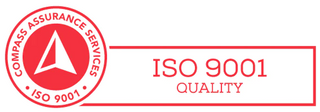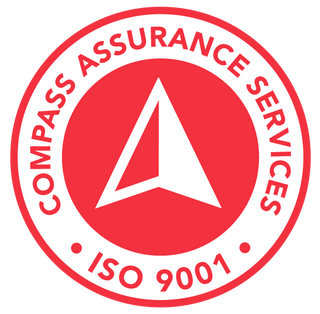Flexible Magnets Production Flow Diagram

Flexible magnets are popular for a huge range of applications and are useful for many different purposes. The pliable nature of the material is the reason they are commonly referred to as Flexible Magnets. This flow chart outlines the production process undertaken to produce flexible magnet products. The products this process relates to include magnetic sheets, label magnets, magnetic strips and printable magnetic paper.
This chart lists two main types of ingredients, these being the Magnetic Powder and the Plastic Material. Most commonly these are Strontium or Barium Ferrite powder within a polymer matrix. If you are looking for information about a specific product please review the individual product page. We do our best to keep each product page accurate and up to date however if you have any questions or concerns please contact our team.
One of the final steps in the production process is to apply the surface treatment. The majority of our flexible magnetic sheets and magnetic strips have a gloss PVC coating. This enables them to be used as a whiteboard as they are dry erasable. Occasionally we have had feedback from customers regarding ghosting, or residue left on the surface after heavy use. We suggest trying alternative brands of whiteboard markers as this appears to be related to the brands used. However, as with all whiteboard products some level of surface discolouration will occur as the product ages.
Most commonly flexible magnets are used for office, advertising and warehouse uses. They are commonly used to create reusable, customisable signage and labelling solutions. Rubber magnets are perfect for use on cars, trucks, fridges or any other painted steel surface. They provide a reliable hold without any risk of damaging or marking the surface underneath. Magnetic tapes and magnetic sheets are popular as they are both lightweight and inexpensive.






